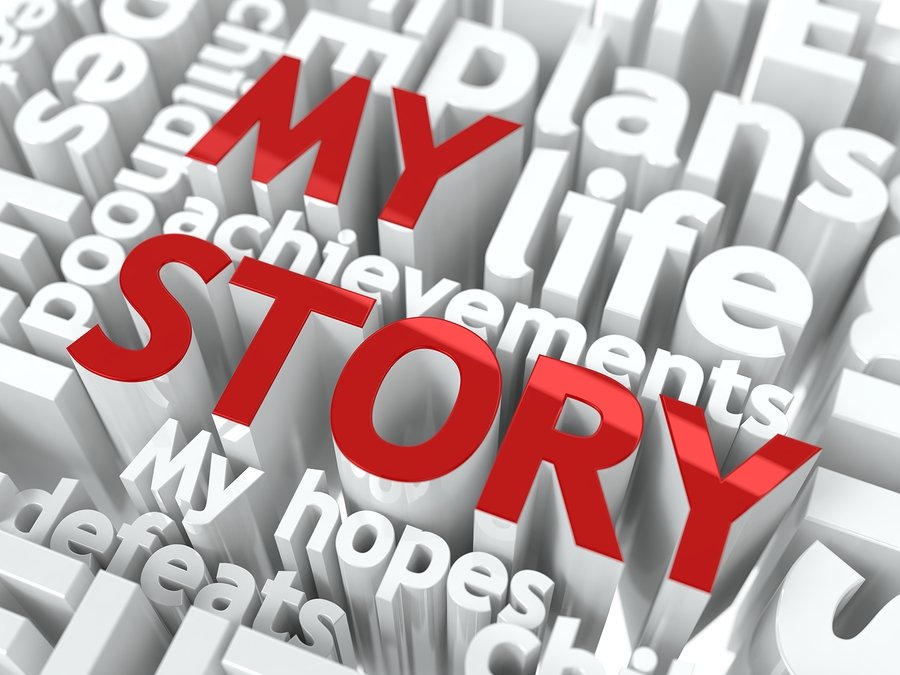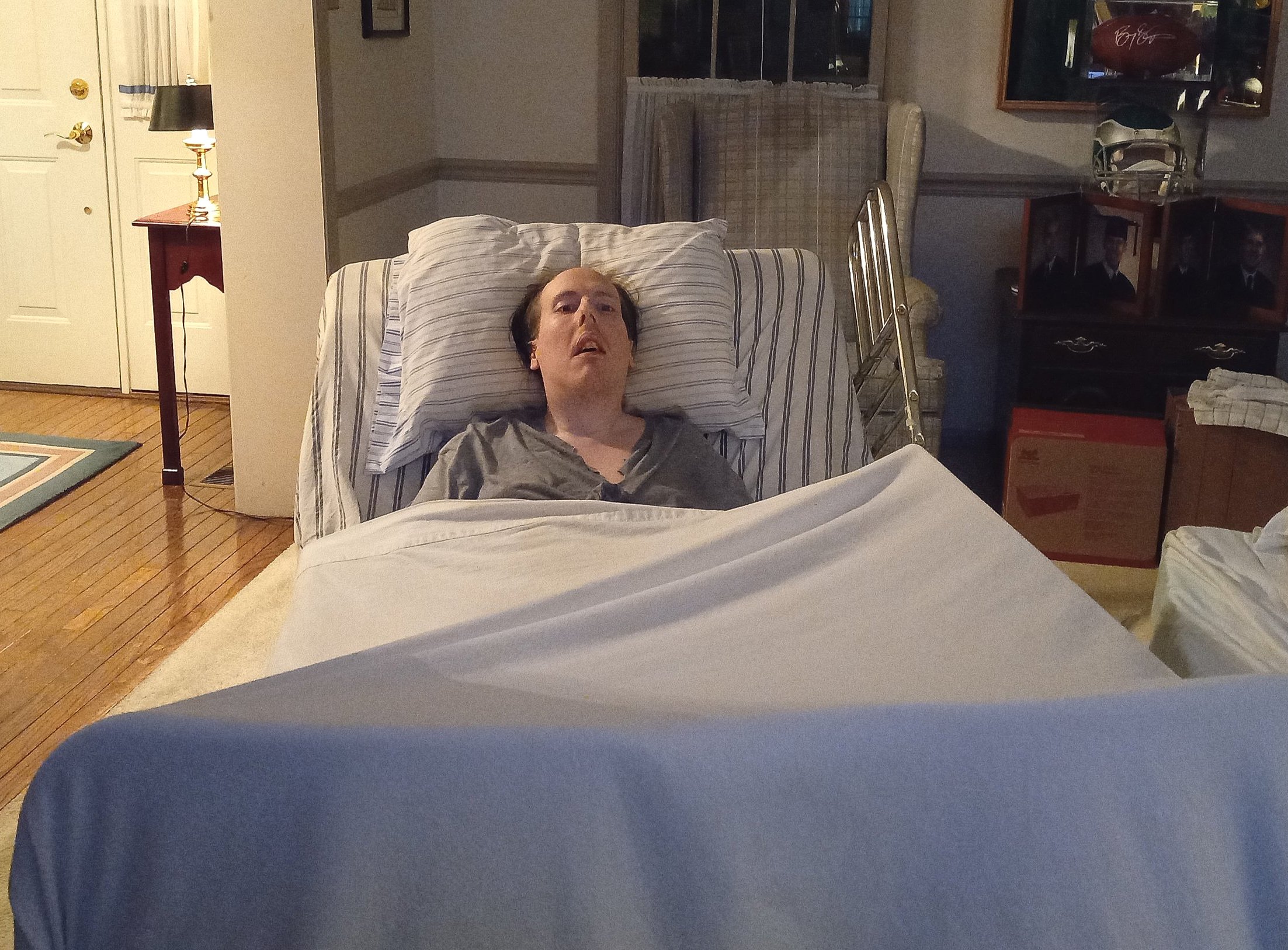‘A Lot of Uncertainty’ if Ketamine Works for Chronic Pain
/By Pat Anson
Hundreds of ketamine clinics have opened across the United States in recent years, offering infusions of the anesthetic for a variety of medical conditions – from anxiety and depression to PTSD and chronic pain. Ketamine is only FDA-approved for depression and anesthesia, so its use in treating pain is considered “off-label.”
That off-label use is not supported by scientific evidence, a new Cochrane review has found. Australian researchers analyzed 67 clinical trials involving over 2,300 adults who used ketamine or four similar drugs that block brain receptors and found little evidence that they work as pain relievers.
“We want to be clear – we're not saying ketamine is ineffective, but there’s a lot of uncertainty,” said lead author Michael Ferraro, a doctoral candidate at the University of New South Wales (UNSW). “The data could point to a benefit or no effect at all. Right now, we just don’t know.”
Ferraro and his colleagues looked at the therapeutic effects of ketamine, memantine, dextromethorphan, amantadine and magnesium on various chronic pain conditions and found no evidence that they benefit any condition at any dose. Side effects such as delusion, delirium and paranoia were a major concern, particularly with intravenous use.
"This group of drugs, and ketamine in particular, are in relatively common use for chronic pain around the world. Yet we have no convincing evidence that they are delivering meaningful benefits for people with pain, even in the short term,” said co-author Neil O'Connell, a Professor of Evidence-Based Healthcare at Brunel University of London.
“That seems a good reason to be cautious in the clinic and clearly indicates an urgent need to undertake high quality trials.”
The reviewers also found no studies that support two supposed benefits of ketamine: that it reduces depression and the use of opioids. Ketamine is often used as a treatment for depression or as an alternative to opioids for pain relief.
“We've seen the harm that can come from taking medicines developed for acute pain and applying them to chronic pain, opioids are a prime example. Now we're seeing a similar pattern with ketamine,” said co-author James McAuley, PhD, a Psychology Professor at UNSW and senior researcher at Neuroscience Research Australia.
“As opioid prescribing is slowly reduced, there’s a growing demand for alternatives, but we need to be careful not to rush into widespread use without strong evidence.”
A ‘Lifeline’ for Pain Patients
But patients who have received ketamine infusions found them useful in relieving pain from Complex Regional Pain Syndrome (CRPS) and other difficult-to-treat conditions.
“I implore the medical community not to dismiss ketamine as a treatment option based solely on this one review, when tens of thousands of us are finding relief,” says Barby Ingle, founder and past president of the International Pain Foundation. “For many of us, ketamine is not just an option — it’s a lifeline.
“Chronic pain is a complex, individualized condition, and ruling out therapies that benefit even a subset of patients perpetuates a one-size-fits-all approach that has long plagued healthcare. Such dismissals increase costs to society by limiting access to effective treatments, leaving patients to suffer unnecessarily. I have lost too many friends to suicide with these painful rare diseases.”
In 2009, Ingle had her CRPS, also known as Reflex Sympathetic Dystrophy (RSD) or algoneurodystrphy, treated for the first time with ketamine by the late Dr. Robert Schwartzman, a neurologist who pioneered the use of ketamine infusions as a chronic pain treatment. She went into the hospital in a wheelchair, but was able to walk out a week later after a series of ketamine infusions by Schwartzman. She continues to get infusions regularly.
“My experience with IV-ketamine has allowed me to manage my pain without the fear of addiction or life-threatening side effects, further emphasizing its value as a treatment option long-term,” Ingle told PNN.
“Ketamine can offer significant advantages over opioids, as it is non-addictive and does not suppress breathing, making it a safer option for long-term pain management. These benefits are particularly crucial for patients with chronic pain, who often face the risks of opioid dependence and respiratory complications. For other patients due to their genetics, lifestyle, and environment, opioids may be the best option. I am saying don’t take any option off the table.”
Ingle says rigorous, high-quality clinical studies are needed to document the benefits of ketamine therapy. Of the 67 studies that were reviewed by researchers, many were small or short-term, which limited their ability to draw conclusions.
Some U.S. medical organizations support the use of ketamine under certain circumstances. The American Society of Anesthesiologists, American Society of Regional Anesthesia and Pain Medicine, and the American Academy of Pain Medicine have guidelines that support ketamine infusions for CRPS, chronic neuropathic pain and short-term acute pain.











